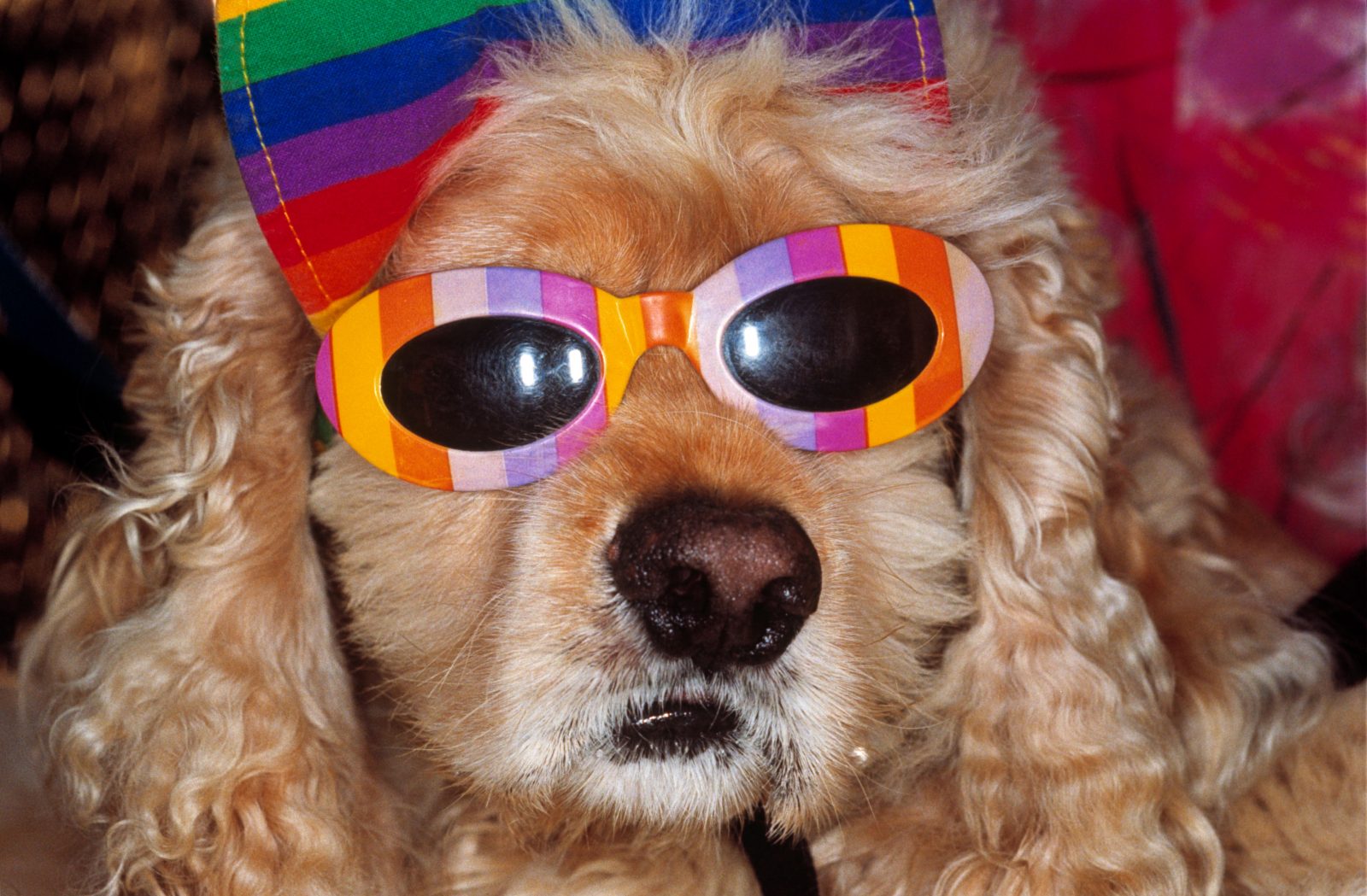Unsurprisingly, television programmes dedicated to photographers tend to take the biographical approach.
Instead of engaging with recent photography history or contemporary debates, last year’s Imagine on Martin Parr presented him as a birdwatcher. The influence of his twitcher parents, it was suggested, led him to become the peoplespotter he is today. There was virtually no mention of any other photographers. Thus the programme ended with the bejumpered Parr snapping people at an airport as the camera swirled around him, cutting occasionally to shots of birds in flight vignetted as if through his lens. Parr stood alone, affected only by his own early life.
[ms-protect-content id=”8224, 8225″]
Of course this is what television does. What viewer would be interested in Parr’s place within the wave of British colour documentary? Much better to go through the keyhole and peek at his childhood attic bedroom. Television as a medium must place its subjects into the niches it has burrowed for itself year upon year. When it comes to photography television producers feel they must focus on the quirky characters or, more commonly, reiterate the image of the serious photojournalist that everyone will understand. In Imagine Alan Yentob suggests that Parr is not part of the ‘photography world’. The evidence provided for this is Parr’s difficulty in getting membership to Magnum. It is a telling moment and reveals that the reason for the oversimplification of photography on television lies more within the former medium and less with the latter.
Magnum still maintains the air of a kind of photography that the public recognises. All these photographers, cameras around necks, travelling the world taking serious pictures of serious issues. It’s a breed that television recognises too, for they share the same genes. They fit together like a reliable Leica in an old beat-up case. A couple of years ago The Art Show featured an hour-long programme on James Nachtwey (‘War Photographer’). Accompanied by emotive, classical music the silver-haired veteran is shown photographing at various places of conflict. There is no voiceover save that of Nachtwey himself, explaining how influenced he was by seeing the work of McCullin and company. Naturally the programme begins with Capa’s famous dictum that if your pictures are no good you are not close enough. Capa met a legendary death, stepping on a mine while photographing in Indochina. Nachtwey is similarly heroised. Even while all around him are killed and maimed, he remains dedicated to his black and white images of war which could have been made at any time in the last fifty years. Aside from a few technical innovations, so too could the programme.
Meanwhile in another episode of the same series, a more contemporary photographer is treated with far less reverence. In ‘Gursky World’ the presenter Ben Lewis is supposedly obsessed with his guru Gursky’s images. But Lewis comes off as a naughty schoolboy making fun of Mr.Gursky. At an opening he asks Peter Galassi of MoMA, ‘Damien Hirst, Andreas Gursky: who’s better?’ like he’s swapping football stickers in the playground. Instead of the sombre music of ‘War Photographer’ the soundtrack is a version of Aqua’s Barbie Girl with new, Gursky-related lyrics (‘I’m a Gursky girl in a Gursky world’). The original tune was number one for many weeks and regularly scores highly in polls of the worst records of all time. It remains one of the great good/bad pop singles, but sets the tone for the programme’s approach to the work. Lewis spends most of the time trying to make his own Gursky images, which he then shows to teacher, to mild approval. The suggestion being that anyone can do it. After all this, Gursky finally gets the chance to speak. Just as he begins to discuss his work the programme abruptly ends as if they didn’t know what to do next.
But then who would? And this is where it becomes difficult to put the blame on television itself. Yes, it generally represents photographers as either venerable photojournalistic stereotypes or turns them into the butt of jokes. But faced with the elusive nature of photography what can we expect? There is no ‘photography world’. Closer to the truth might be a ‘photography universe’ that remains unexplored and indefinite in its limits. Recent photography histories have attempted to encompass the various roles that photography plays, but this continues to prove impossible. Photography permeates everything and everyone is involved; whereas most people don’t paint pictures, or sculpt, or go to art galleries. There is a roughly definable ‘art world’ and so the more traditional arts can survive the reductive treatment meted out by the telly. But most people do take and look at photographs. And for so many reasons. More than ever photography is a sprawling, huge thing with no all-inclusive judgements of value. This is why the popular medium of television finds it hard to take the popular medium of contemporary photography seriously. It does not know how to – or where to start. No wonder then that television falls back on the same old stereotypes. Photography is too big for the small screen.
[/ms-protect-content]
Published in Photoworks Issue 2, 2004
Commissioned by Photoworks

